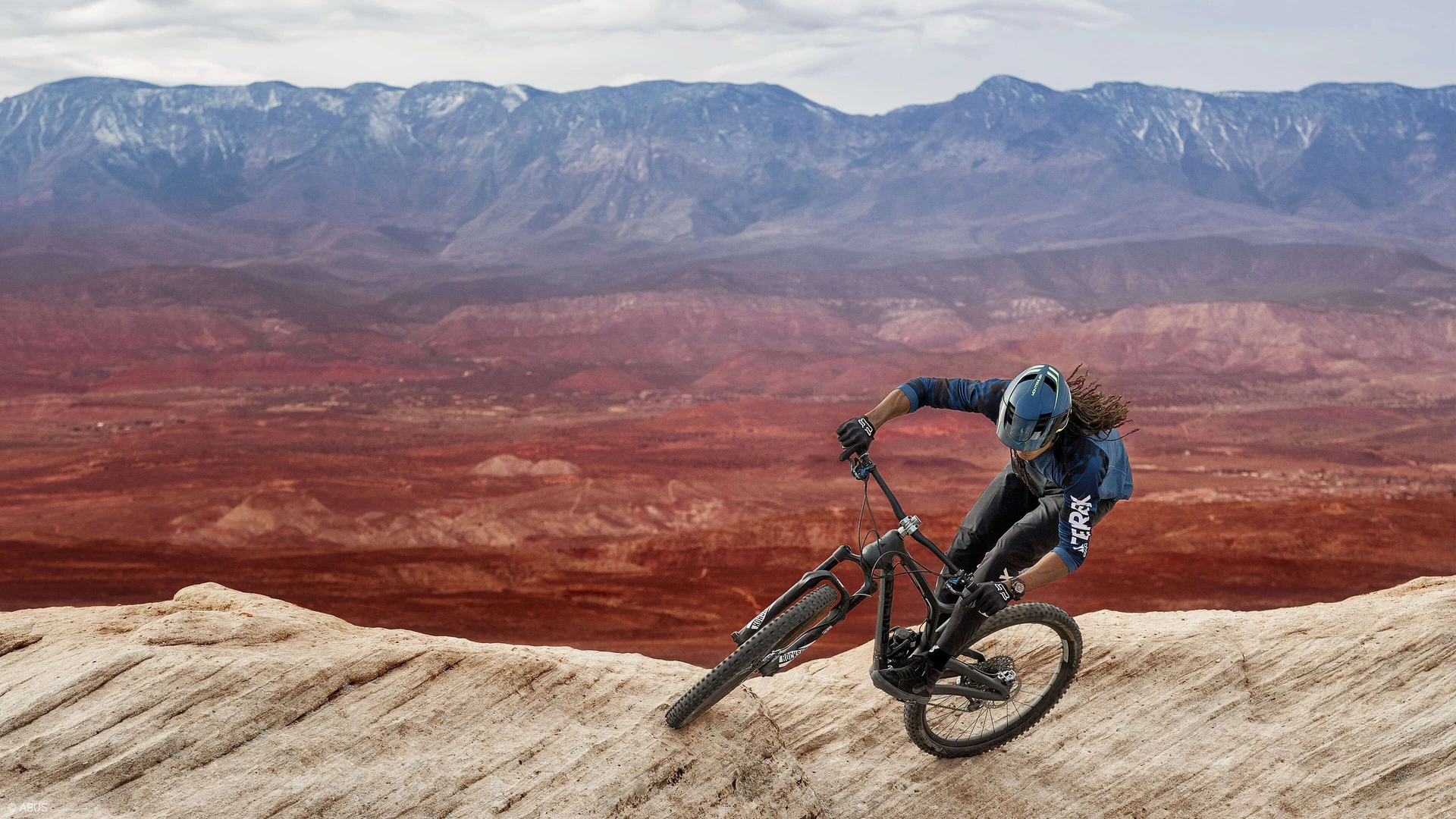About Pavel

I like mtb!
A mountain bike (MTB[1]) or mountain bicycle is a bicycle designed for off-road cycling. Mountain bikes share some similarities with other bicycles, but incorporate features designed to enhance durability and performance in rough terrain, which makes them heavier, more complex and less efficient on smooth surfaces.[2] These typically include a suspension fork, large knobby tires, more durable wheels, more powerful brakes, straight, extra wide handlebars to improve balance and comfort over rough terrain, and wide-ratio gearing optimised for topography, application (e.g., steep climbing or fast descending) and a frame with a suspension mechanism for the rear wheel. Rear suspension is ubiquitous in heavier-duty bikes and now common even in lighter bikes. Dropper seat posts can be installed to allow the rider to quickly adjust the seat height[3] (an elevated seat position is more effective for pedaling, but poses a hazard in aggressive maneuvers).
Mountain bikes are generally specialized for use on mountain trails, single track, fire roads, and other unpaved surfaces. In addition to being used to travel and recreate on those surfaces, many people use mountain bikes primarily on paved surfaces; some may prefer the upright position, plush ride, and stability that mountain bikes often have. Mountain biking terrain commonly has rocks, roots, loose dirt, and steep grades. Many trails have additional technical trail features (TTF) such as log piles, log rides, rock gardens, skinnies, gap jumps, and wall-rides. Mountain bikes are built to handle these types of terrain and features. The heavy-duty construction combined with stronger rims and wider tires has also made this style of bicycle popular with urban riders and couriers who must navigate through potholes and over curbs.[4]
Since the development of the sport of mountain biking in the 1970s, many new subtypes of mountain biking have developed, such as cross-country (XC), enduro, all-mountain, freeride, downhill, and a variety of track and slalom types. Each of these place different demands on the bike, requiring different designs for optimal performance. MTB development has led to an increase in suspension travel, now often up to 8 inches (200 mm), and gearing up to 13 speed, to facilitate both climbing and rapid descents. Advances in gearing have also led to the ubiquity of "1x" drivetrains (pronounced "one-by"), simplifying the gearing to one chainring in the front and a wide range cassette at the rear, typically with 9 to 12 sprockets. 1x gearing reduces overall bike weight, increases ground clearance, and greatly simplifies the process of gear selection, but 2- or 3-ring drivetrains are still common on entry-level bikes.
The expressions "all terrain bicycle", "all terrain bike", and the acronym "ATB" are used as synonyms for "mountain bike",[5][6][7][8][9] but some authors consider them passé.[10]
